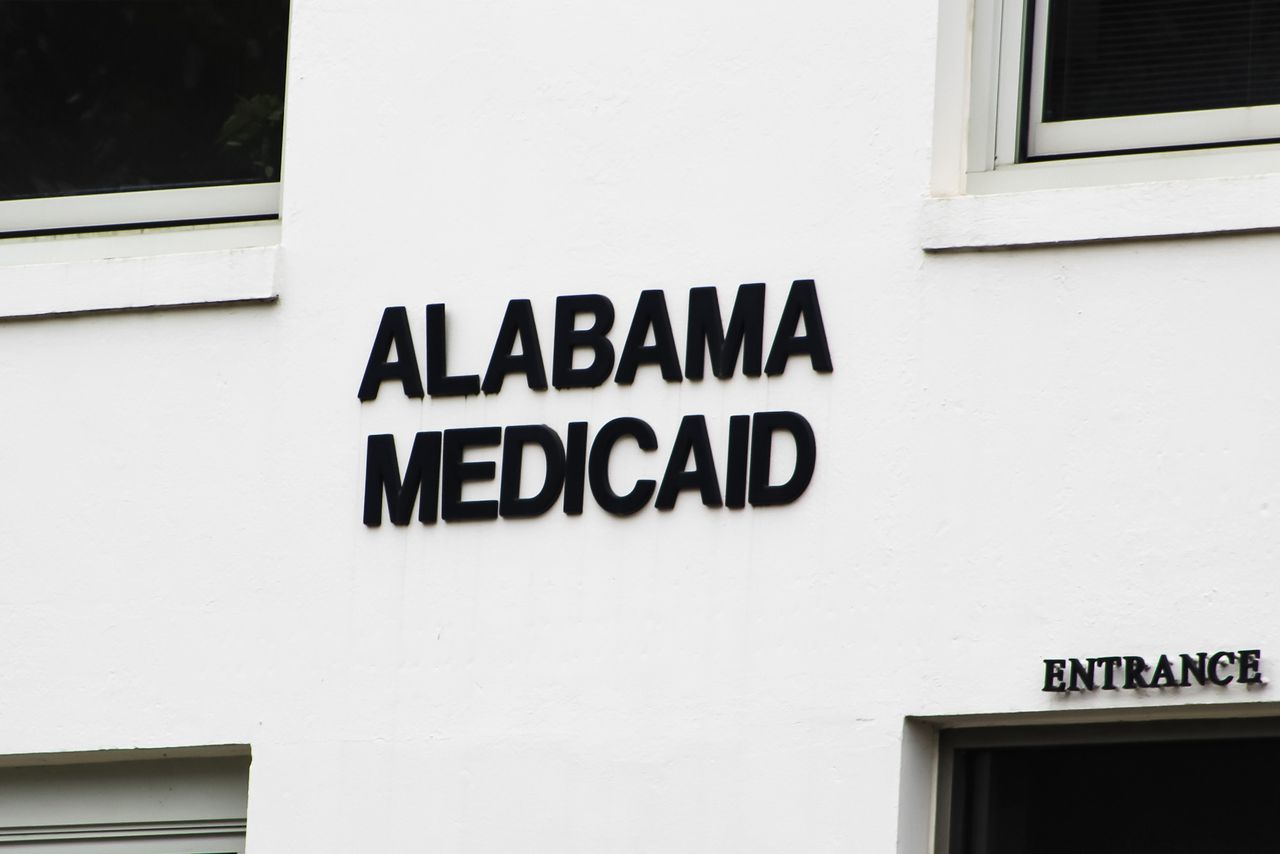Comeback Town: Alabama paying cost of Medicaid expansion but getting none of the benefits
David Sher’s ComebackTown to give voice to the people of Birmingham & Alabama.
Click here to sign up for newsletter. (Opt out at any time)
Today’s guest columnist is Ryan Hankins.
The purpose of expanding Medicaid is to provide access to medical care for a population of adults who don’t have employer-provided insurance and whose incomes are too low to qualify for a subsidy on the healthcare exchange.
Policymakers have long worried about the cost of expanding Medicaid. Others have suggested that providing access to care is not a cost of that should not be borne by society. The dirty little secret is that society is already paying these costs.
Fundamentally, adults without medical insurance have two choices: don’t seek medical care or seek very expensive, very inefficient medical care through local hospital emergency departments. In the first scenario, health concerns are ignored, leading, among other things, to lower quality of life, the potential spread of sickness, loss of productivity, and ultimately increased mortality. Society bears all these costs.
In the second scenario, adults seek care through a local hospital emergency department. Such care is expensive and inefficient—and like the above scenario, also borne by society. The cost of this care is passed on through increased insurance premiums, hospital fees, and demands on public dollars.
Alabama and Alabamians are already paying the price. Are we getting a good deal? Expanding Medicaid would change this calculus, allowing people currently without health insurance to access medical care in a more efficient and affordable way.
While advocates have long argued for the state to expand Medicaid, the constant refrain of skeptics and opponents has been that we can’t afford it. For most of the last decade, those skeptics and critics were correct.
For much of the 2010s, the state relied on one-time revenue sources to balance its books, particularly the General Fund. As awful as the BP oil spill was, the resulting settlement helped the state to fund its prisons, mental health services, and, yes, Medicaid for another year.
The same goes for the tobacco settlement. In those years, the state could barely afford to meet current obligations. The idea of expanding—anything, was laughable.
However, times have changed. The Rolling Reserve Act, which the Public Affairs Research Council of Alabama (PARCA) helped develop, a growing economy, and new tax revenues from online sales have stabilized both the Education Trust Fund and the General Fund.
Meanwhile, laws passed as part of the federal government’s COVID response have created new financial incentives for Alabama and the other 9 non-expansion states – incentives not available to the 40 states which have expanded.
New information requires a new assessment. And this is what PARCA provided last year.
Our assessment found that expanding Medicaid in Alabama would cost approximately $225.4 million per year. At the same time, though, the state could reduce or reallocate current dollars spent on certain health services that would be covered under expanded Medicaid.
Alabama pays between 28% and 100% of the cost of these services now. Under expansion, Alabama’s share of these costs would drop to 10% of the cost. This change would result in as much as $163.8 million in current annual spending that could be reduced or reallocated to other services.
Moreover, new federal incentives mean that for the first two years of expansion, the federal government would increase its share of current costs for current Medicaid enrollees by five percentage points, from about 72% to about 78%. While this incentive would be in place for only the first two years, we project it would reduce current state Medicaid expenses by approximately $619 million, $103.24 million annualized, in that time frame.
Taken together, while expansion would cost $225 million per year, it would also allow the state to reduce or reallocate $266 million in current annual expenses for a net of $41 million per year.
Medicaid is no panacea, and expansion does not solve all problems. Alabama Medicaid’s actual benefits provided remain stingy. Reimbursements to medical providers are far below the true costs of services, resulting in far too few providers accepting Medicaid.
There are those who voice opposition because of the impact on the federal budget and debts. However, standing up for this principle doesn’t stop Alabama taxpayers from paying for the benefits provided to low-income residents in the states that have expanded Medicaid. It does, however, deny health coverage to low-income residents of Alabama. At the same time, it prevents additional available federal money from flowing into Alabama to pay medical providers.
When Medicaid expansion was first proposed, it would have been very difficult for Alabama to fund the program. However, times have changed. The financial structures have evolved. New data have emerged.
While there may be good reasons to not expand Medicaid, that Alabama can’t afford it is no longer one of them.
Ryan Hankins is Executive Director of the Public Affairs Research Council of Alabama. He has lived in Alabama since 2000.
Ryan Hankins is Executive Director of the Public Affairs Research Council of Alabama. He has lived in Alabama since 2000.
David Sher is the founder and publisher of ComebackTown. He’s past Chairman of the Birmingham Regional Chamber of Commerce (BBA), Operation New Birmingham (REV Birmingham), and the City Action Partnership (CAP).
Click here to sign up for our newsletter. (Opt out at any time)
